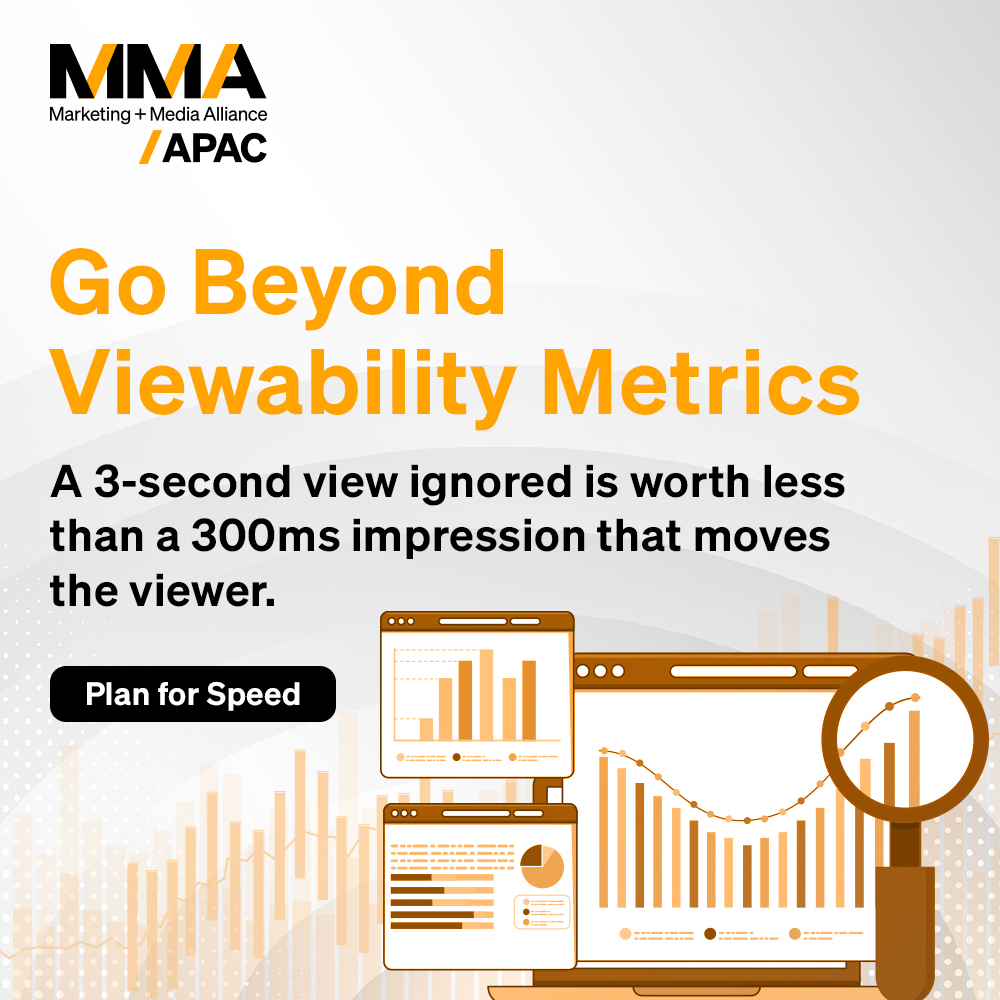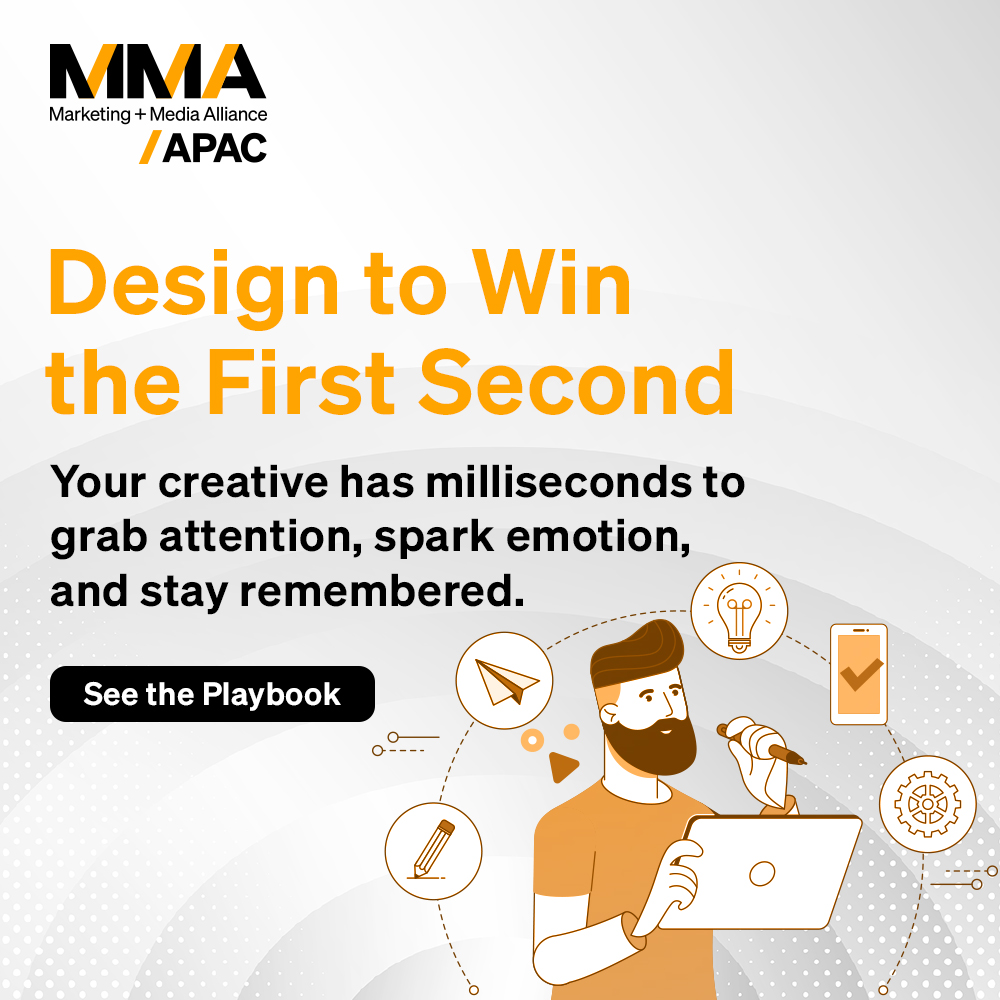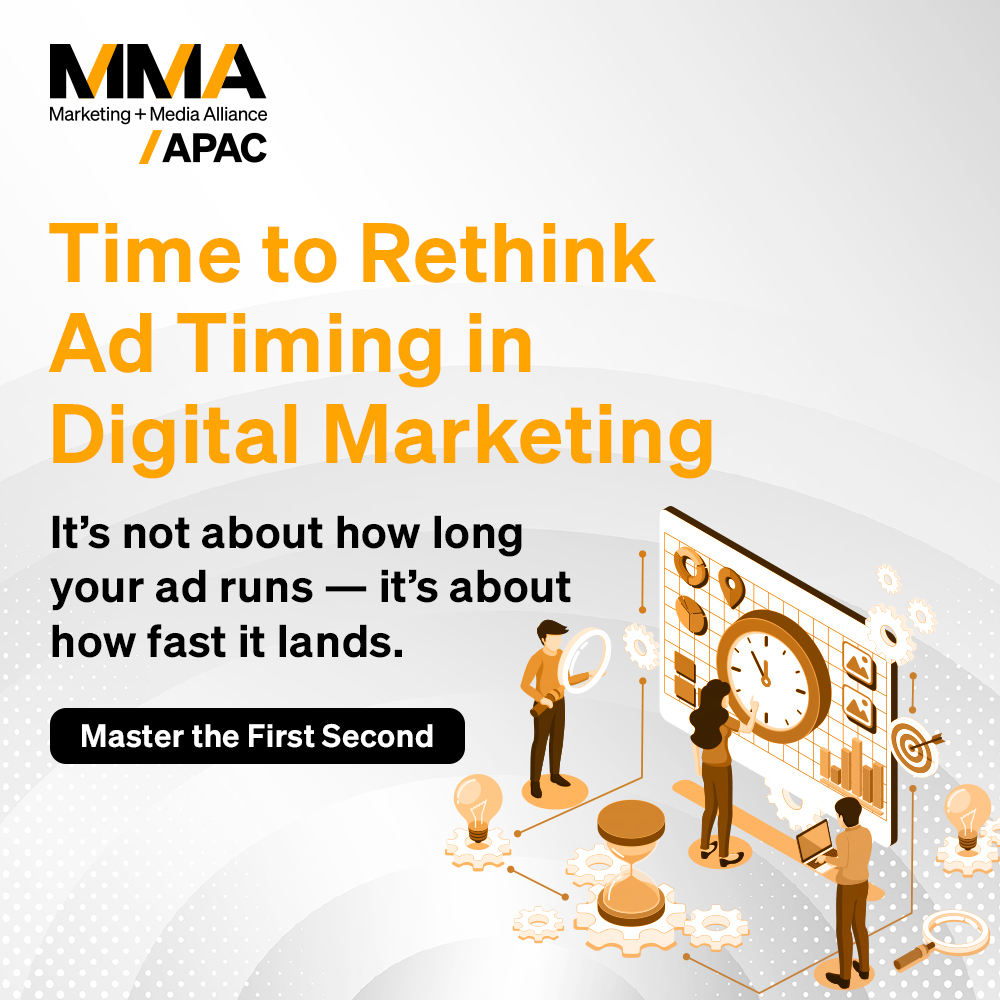
If you ask marketers what drives ad performance, you’ll likely hear some version of: “It’s all about reaching the right target audience at the right time.” Targeting is one of the key elements in ad effectiveness, but maybe it’s not the holy grail we think it is.
According to a February 2024 study by Advertiser Perceptions, brands and media agencies believe targeting is the number one sales driver, contributing 24% to overall campaign success. Creative, on the other hand? They credit it with just 19% of the lift.

What marketers think contributes to sales lift
What does the research about effective ads actually say?
According to NCSolutions, creative is responsible for 49% of incremental sales in a campaign – more than double what marketers think it contributes. Meanwhile, targeting – which marketers overestimate – comes in at 11%.

What actually contributes to the sales lift
That’s a costly gap.

Expectations versus reality of what drives sales
Boring ads are expensive
Drawing on thousands of campaigns from the IPA Effectiveness Databank, a System1 study found that advertisers have to spend up to 2.6x more on dull ads just to achieve the same business impact as interesting ones. That includes market share growth, profit growth, and overall brand effects.

Companies have so spend extra $106B on boring ads
In other words, if your ad fails to capture attention or stir emotion, you’ll need to spend a lot more to get results.
Can you measure creative quality in a marketing campaign?
Actually, yes. And you should.
Today, we have the tools, benchmarks, and data to measure creative impact with surprising precision. It’s no longer impossible to make informed decisions when choosing what will capture consumers’ attention – we can turn marketing science to the creative.
For example, Eskimi’s partner, Neurons. It’s a leading AI tool that measures creative effectiveness before a campaign goes live. Neurons uses AI trained on over 100 billion data points, collected through eye-tracking and brain-scanning studies from more than 120,000 participants. It analyzes visuals and provides predictive heatmaps, showing where attention will likely land.
You also get a breakdown of key metrics – focus, cognitive demand, memory, and engagement – so you can test, learn, and refine before the advertisement goes live.
Another powerful solution in our toolkit is Lumen. It measures the actual attention your ads earn in real-world digital environments. Lumen feeds tracker data into its attention model to estimate how many “attentive seconds” each impression generates – turning passive impressions into meaningful insight.
At Eskimi, we use Lumen data to identify which formats, placements, and creatives drive attention, so you can optimize in real time and get more out of every impression.
So yes, creativity can be measured. In fact, if you’re not measuring it, you’re flying blind.



















